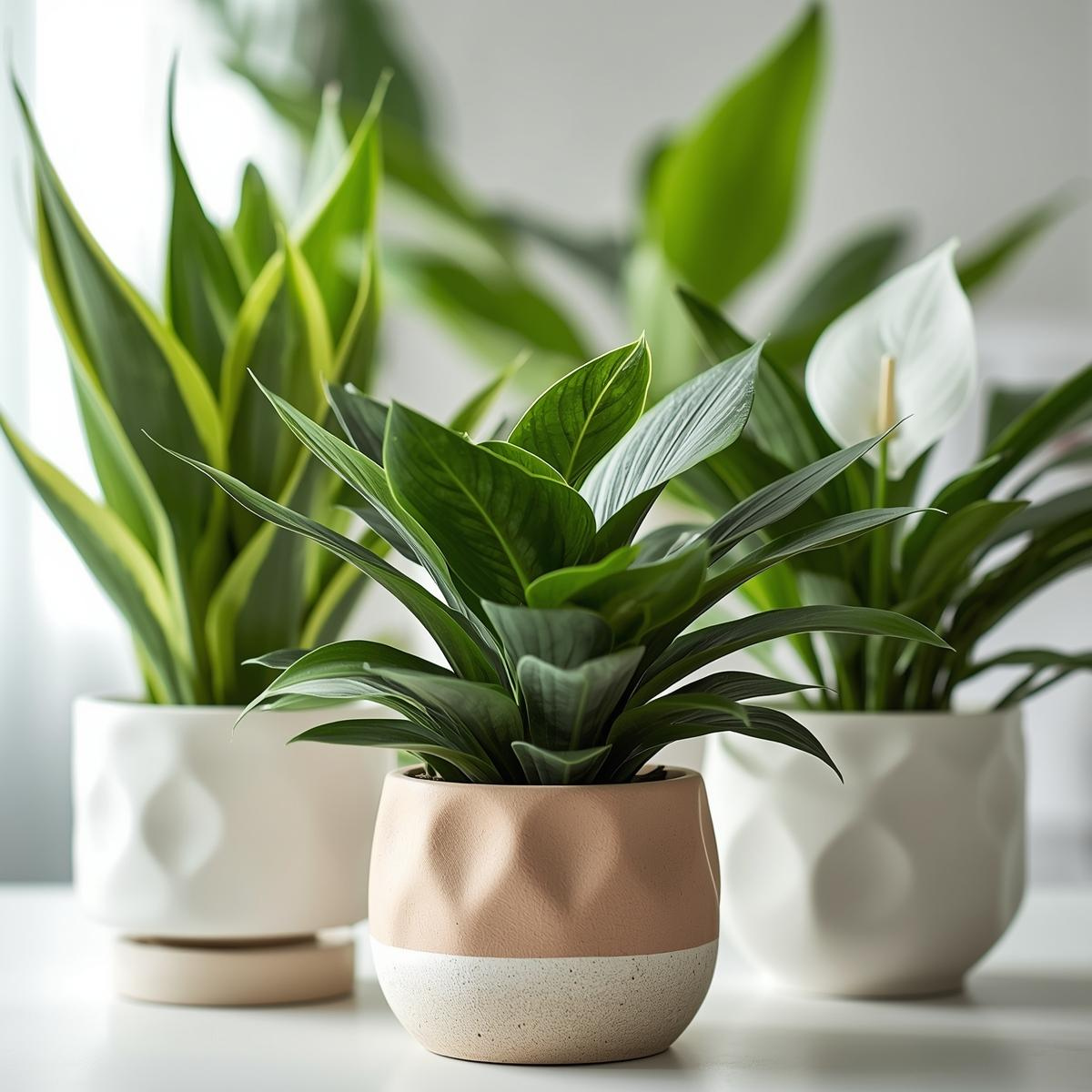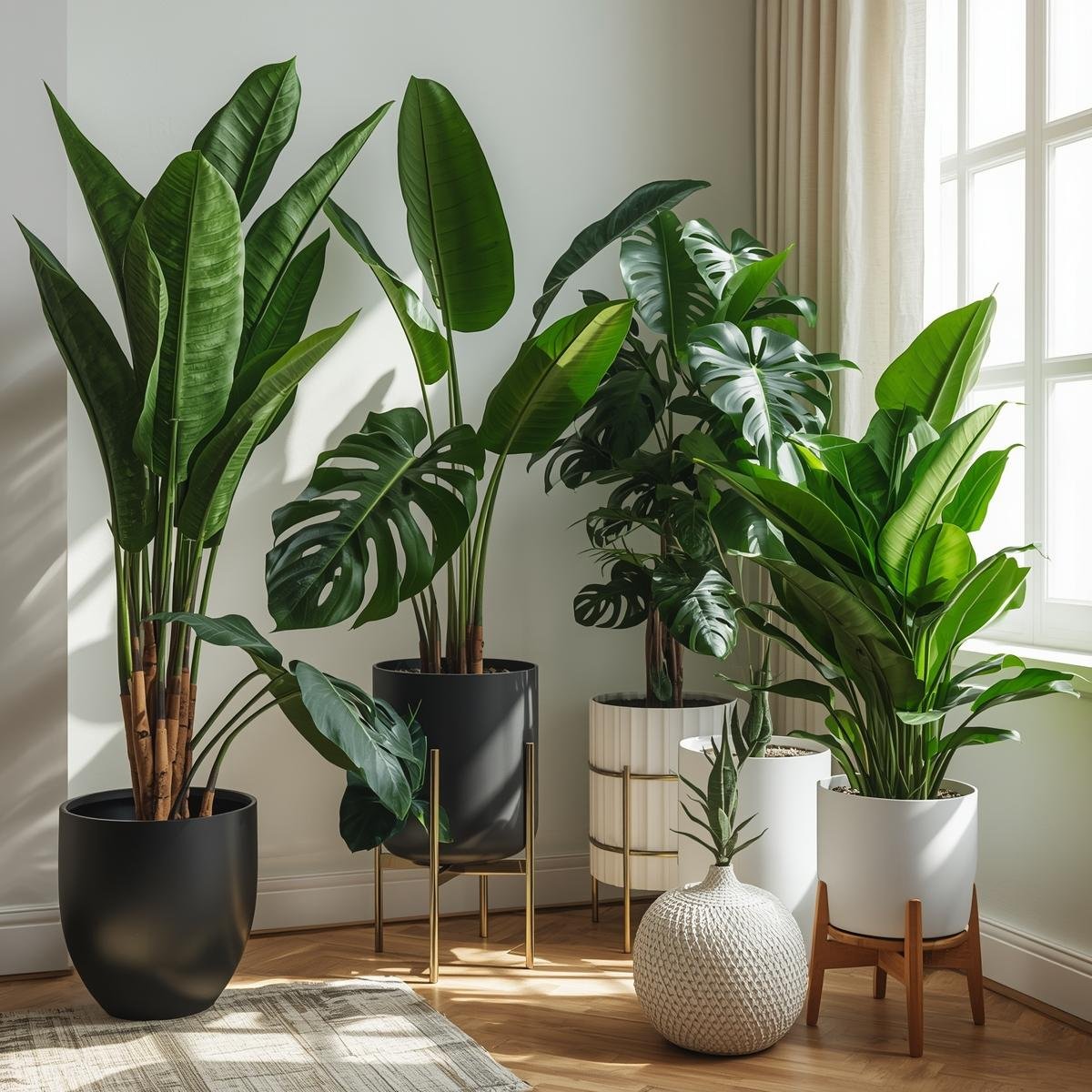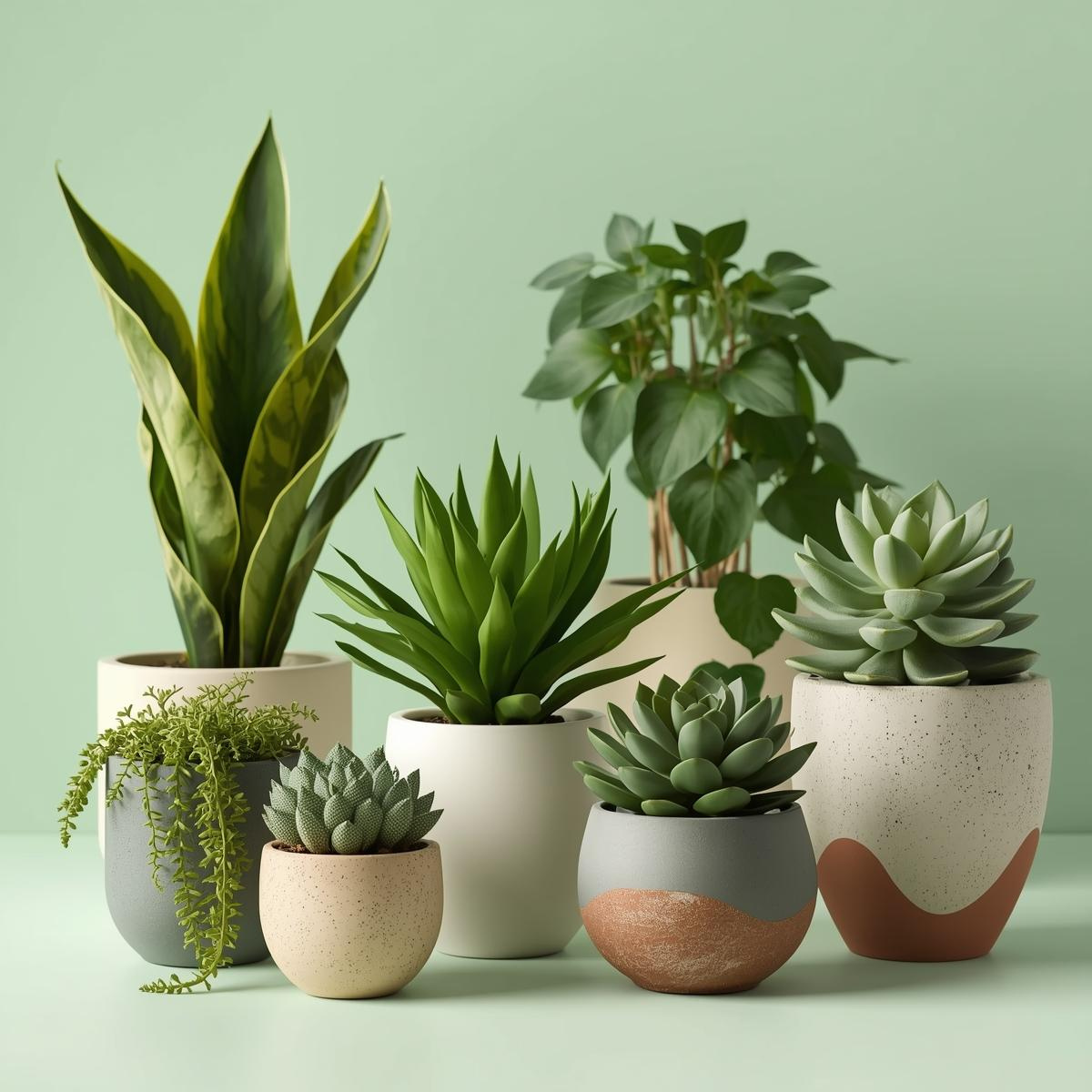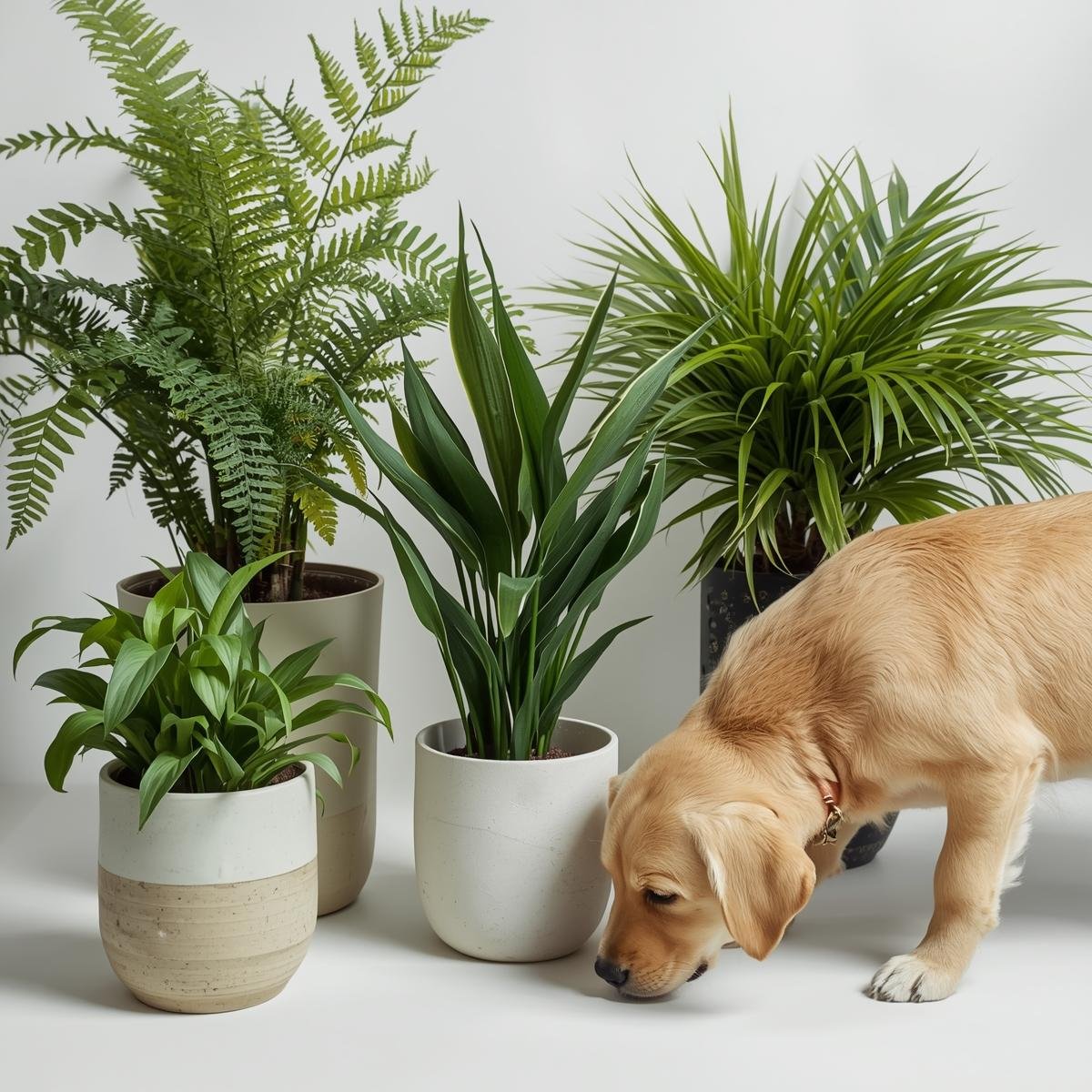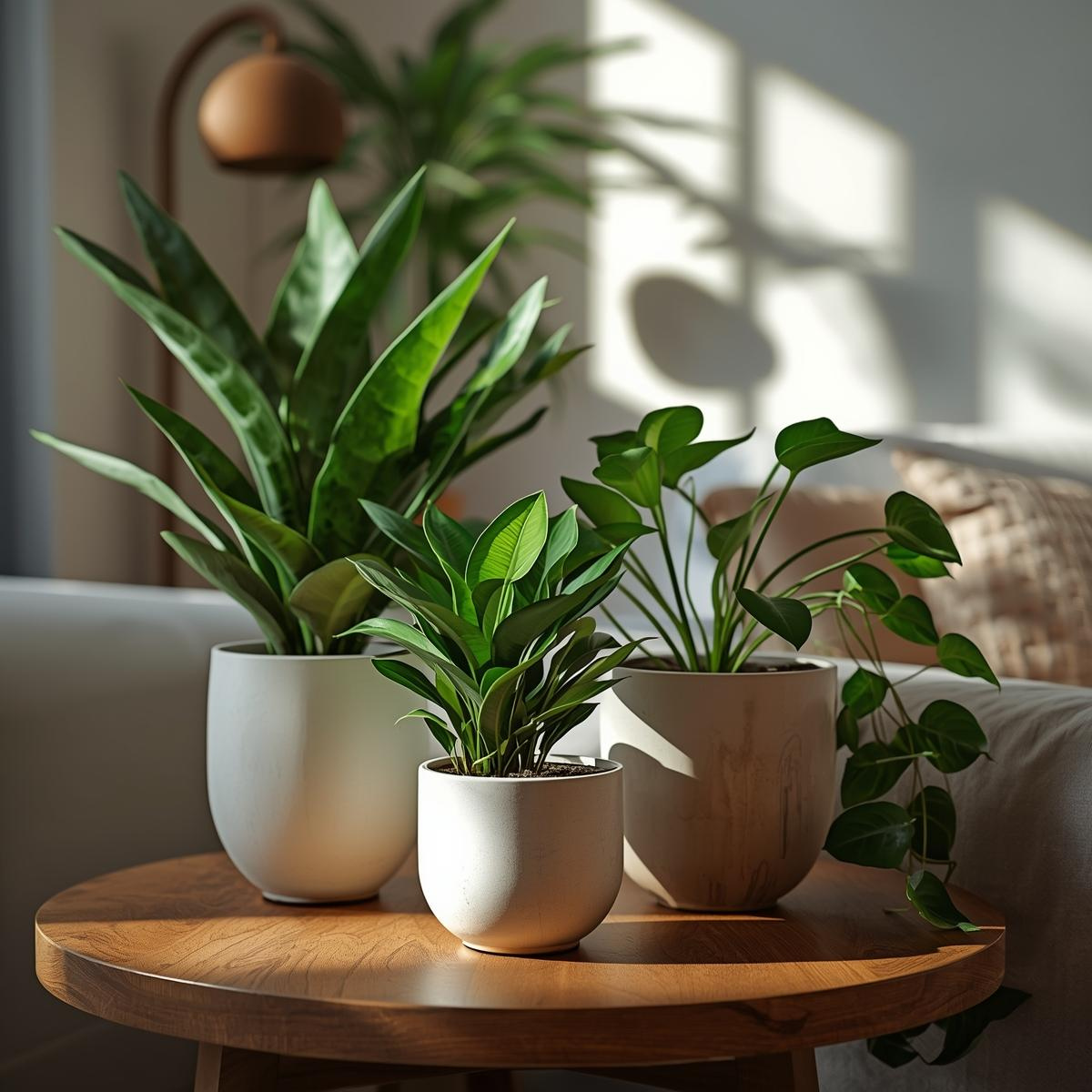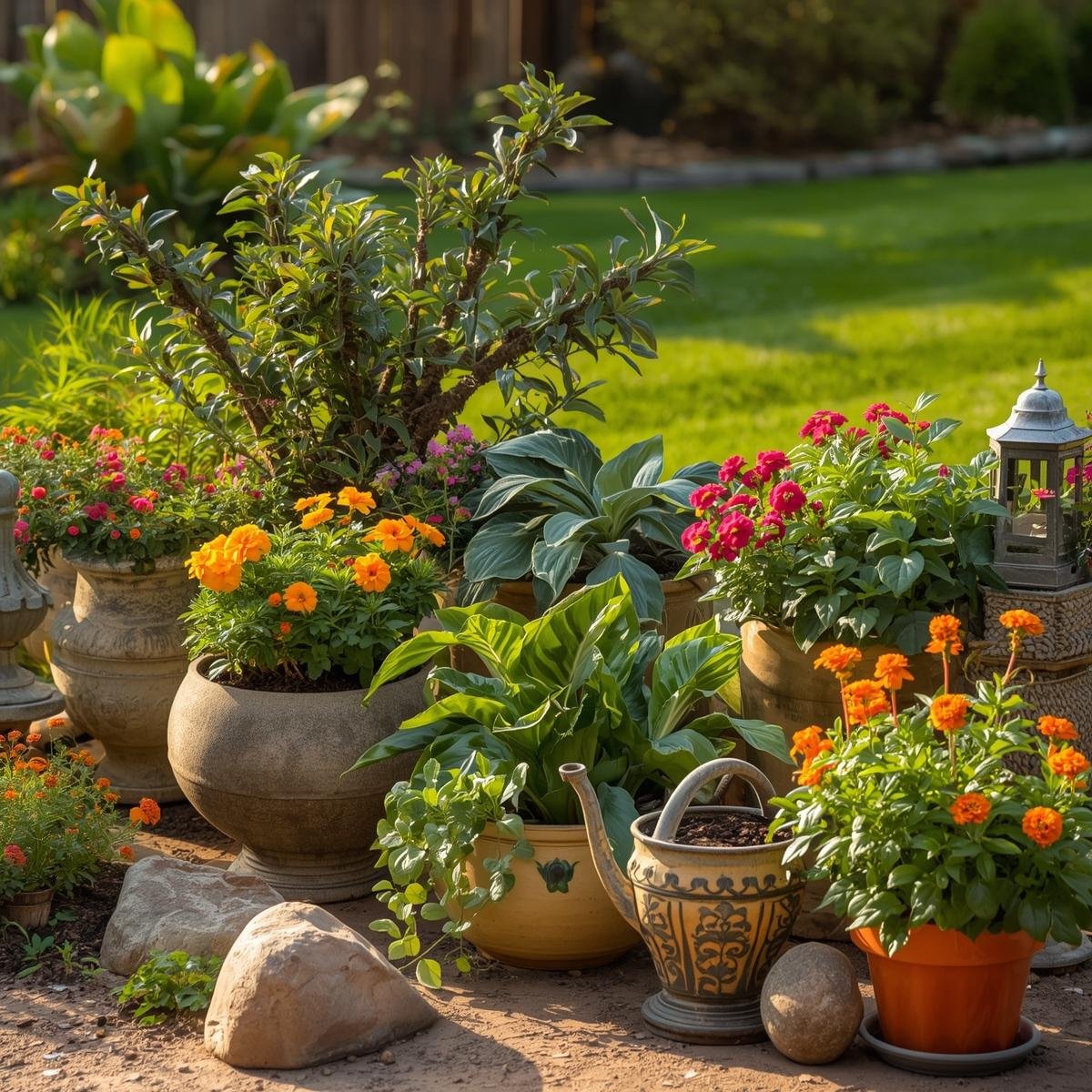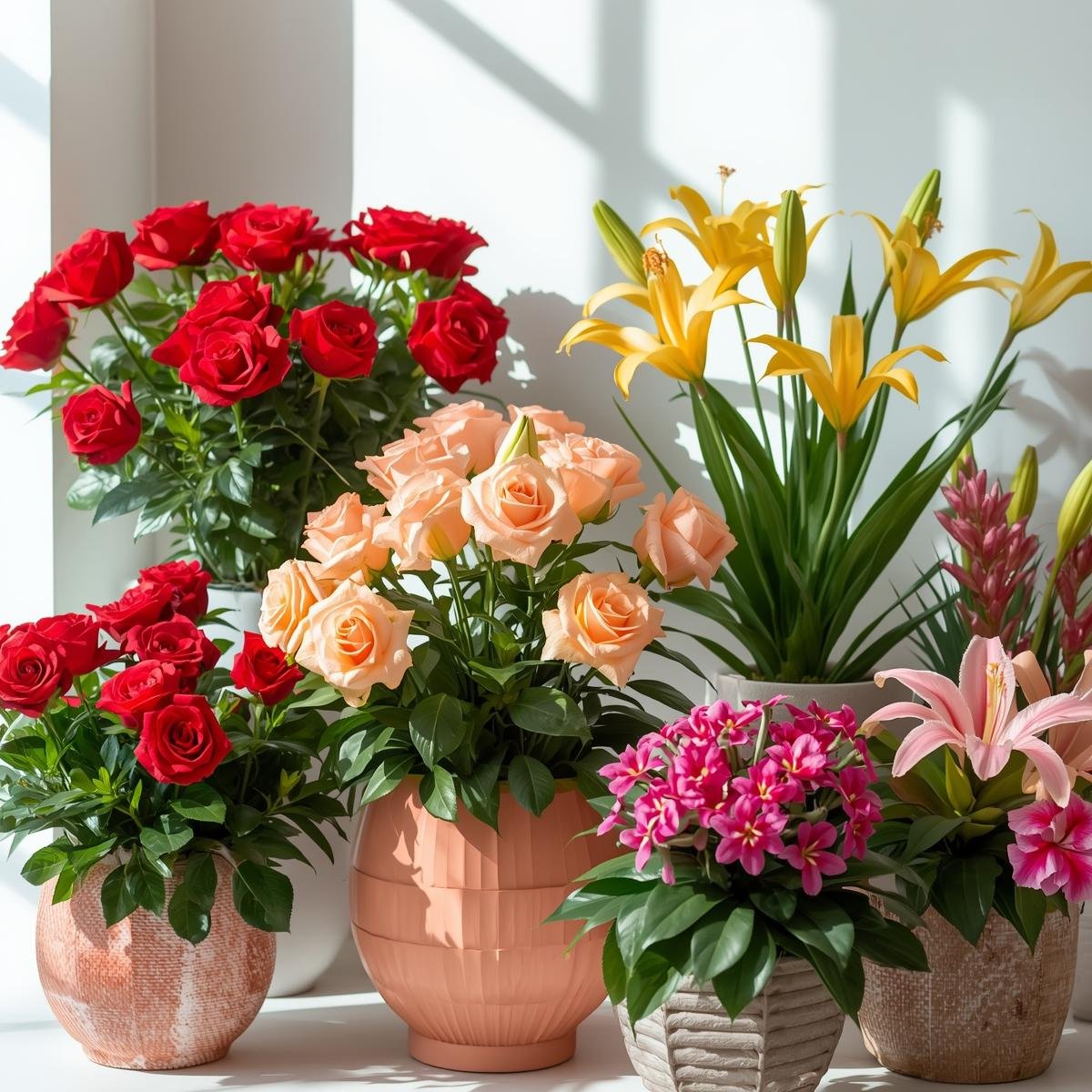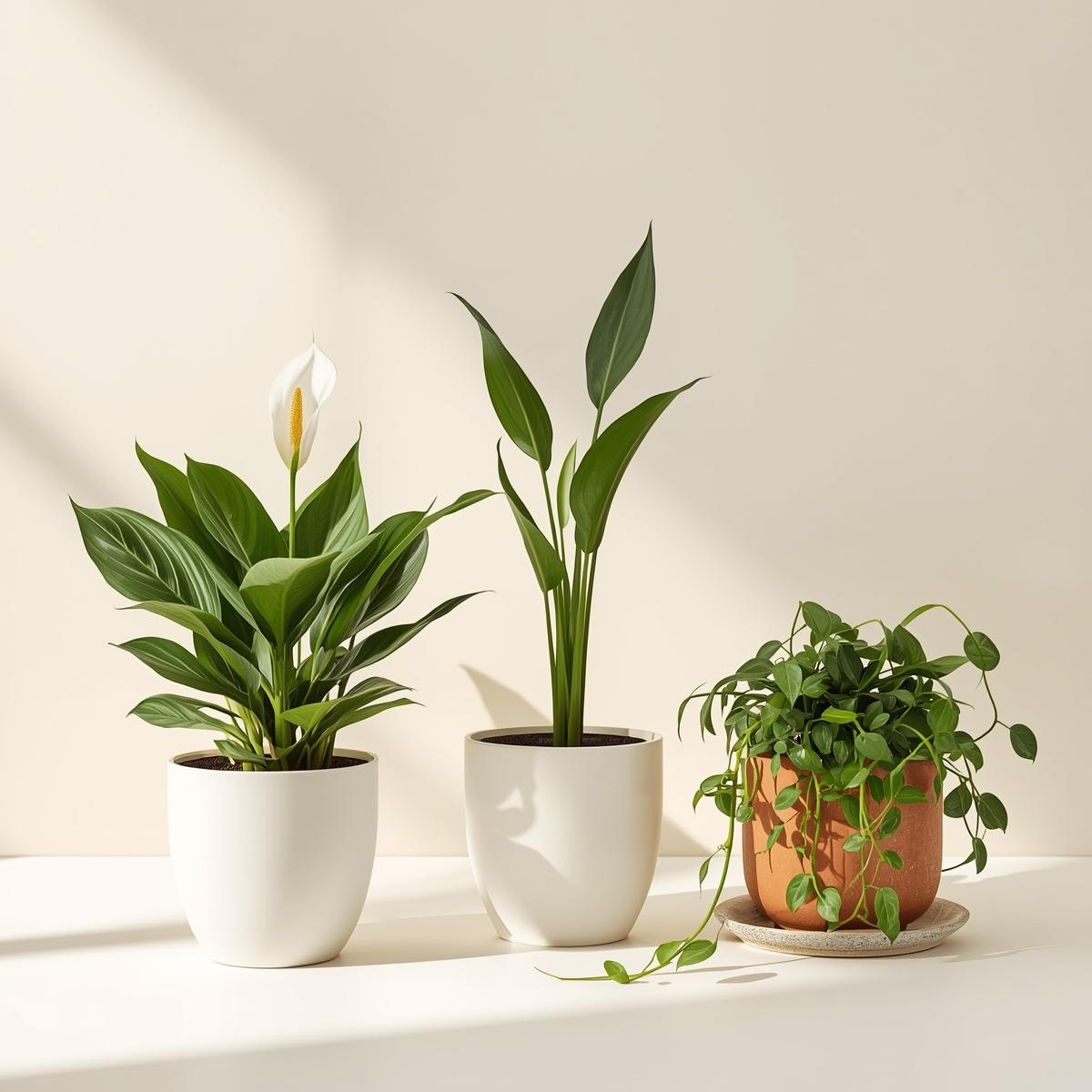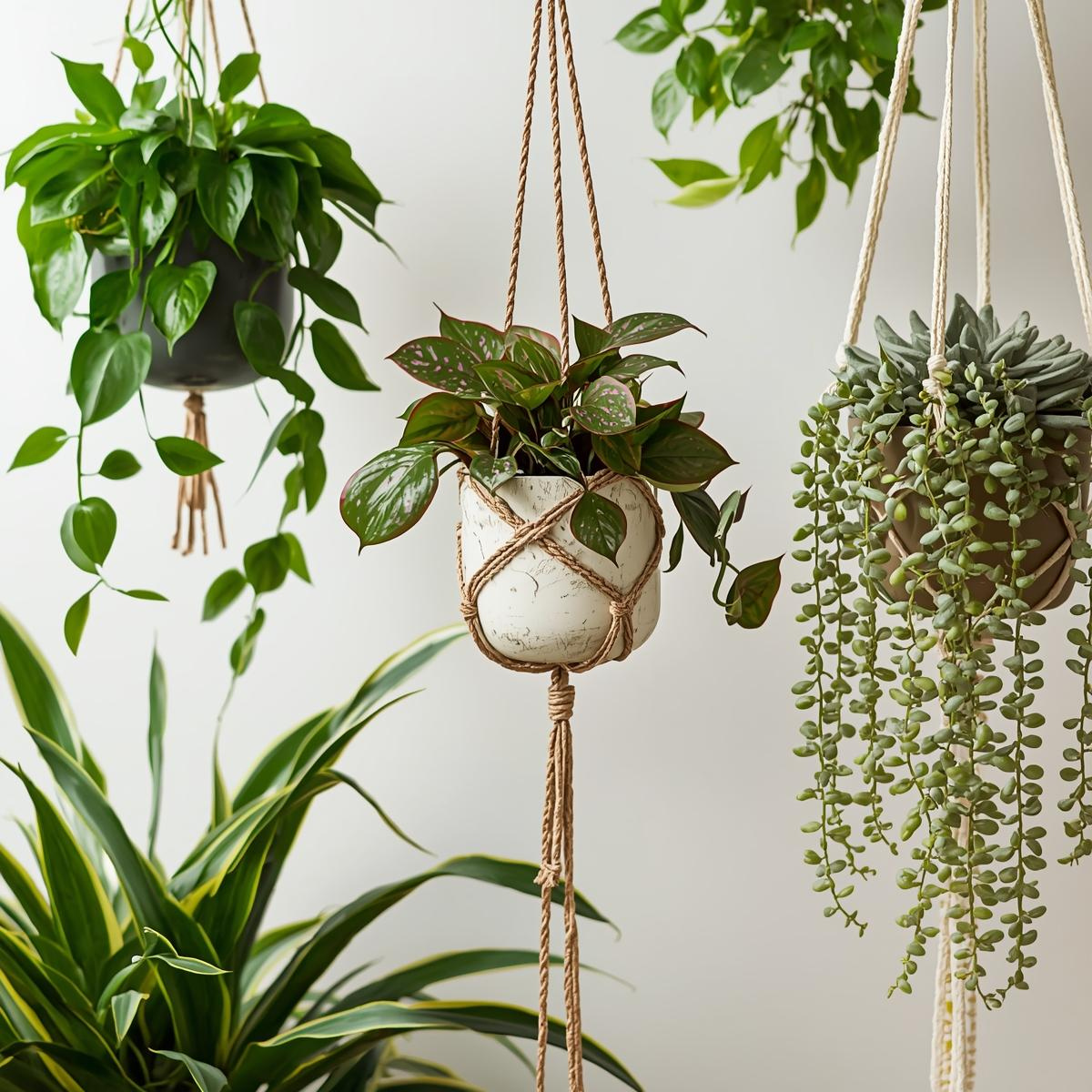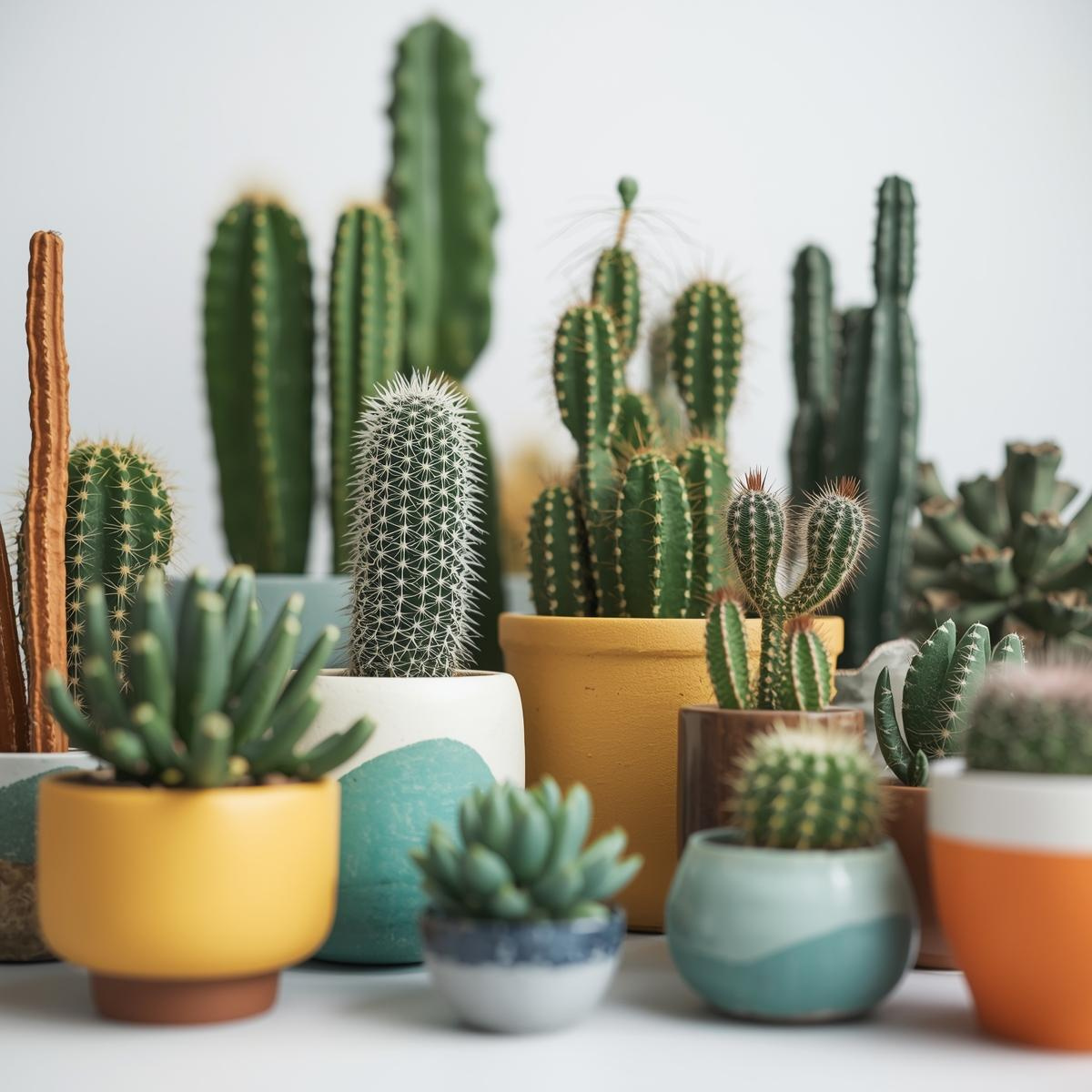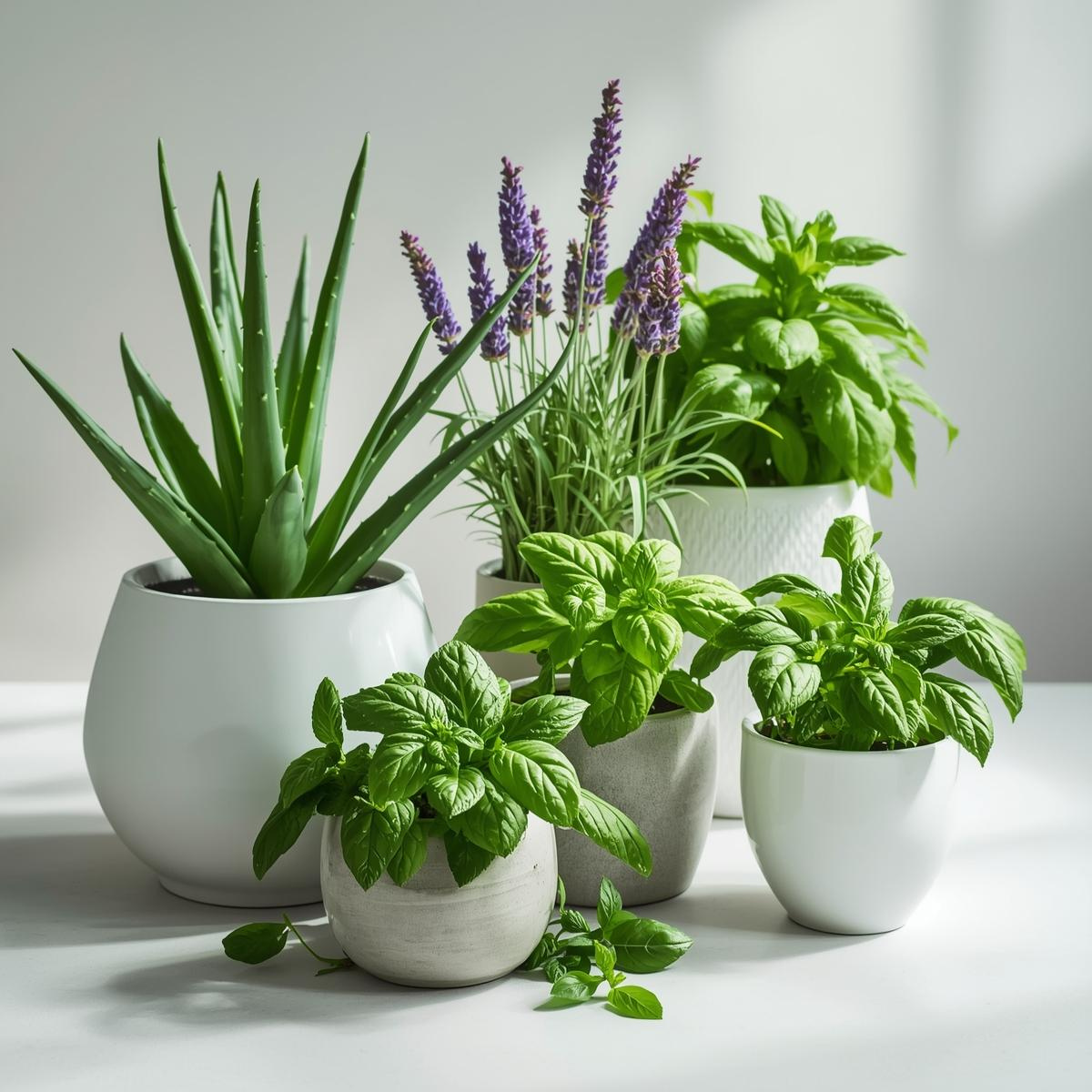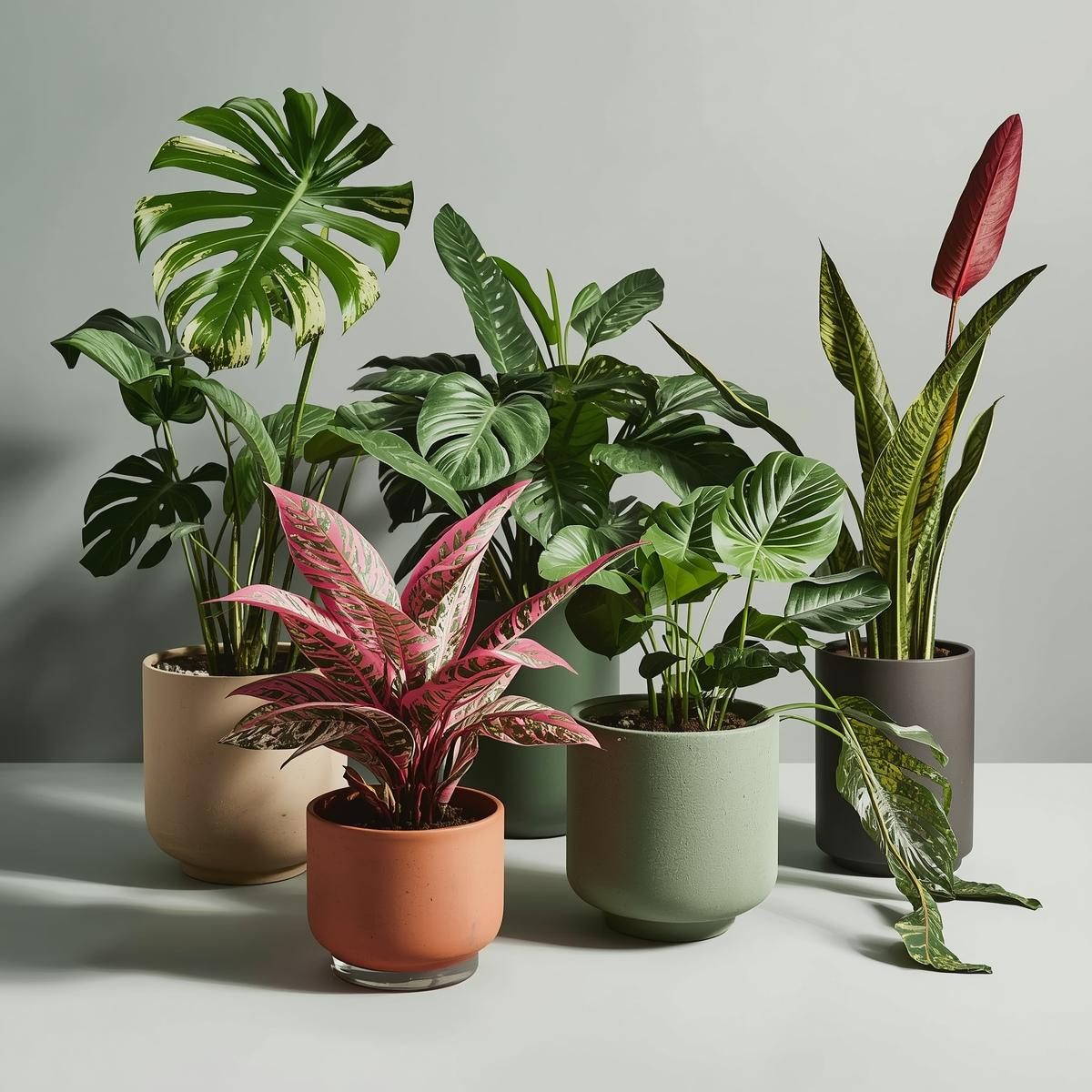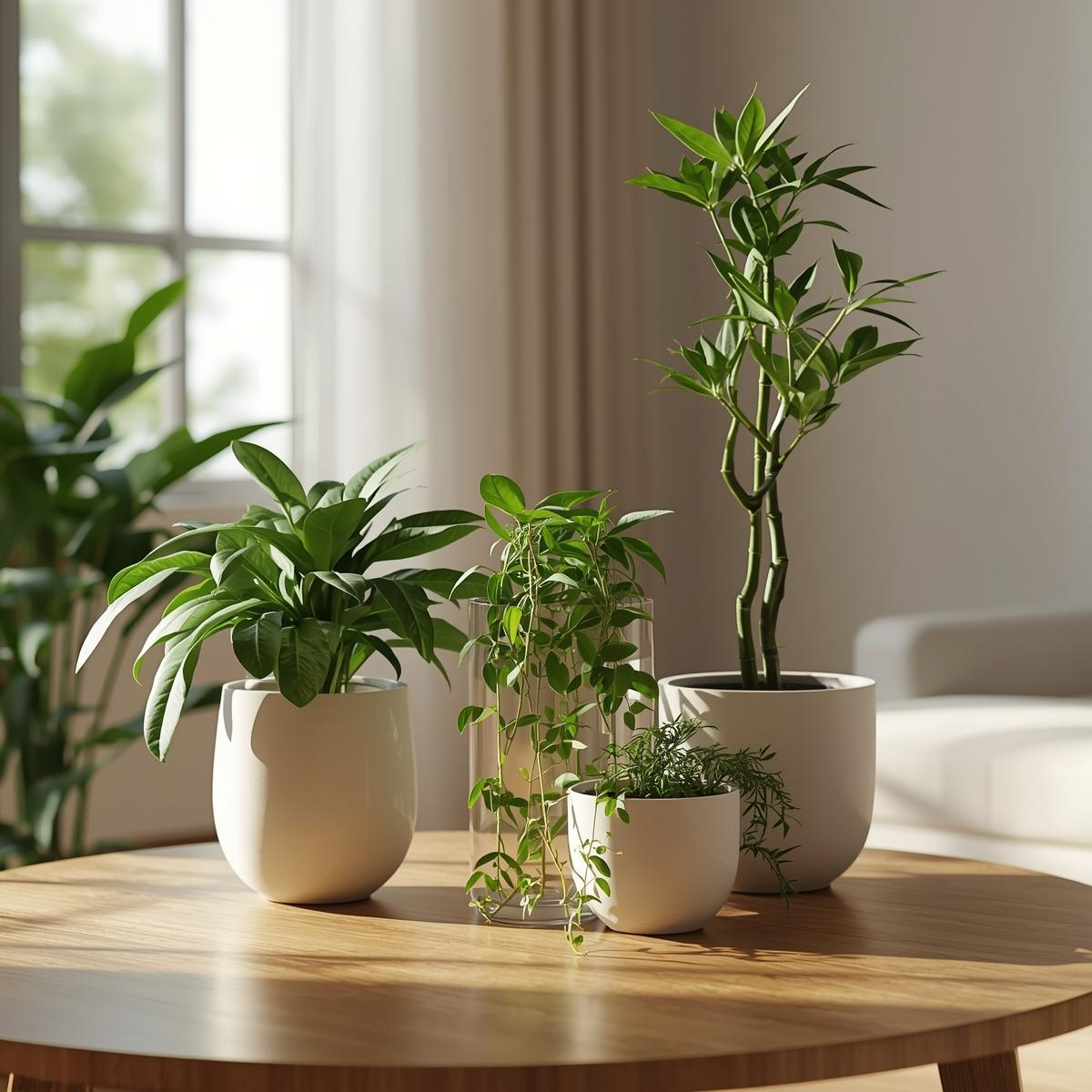How to Care for Bonsai Trees at Home in India
Bonsai trees have long been admired for their beauty, symbolism, and artistry. These miniature trees, grown in pots, bring a sense of peace and elegance into homes and gardens. In India, bonsai gardening is becoming increasingly popular as people seek mindful hobbies and unique décor pieces. But while bonsai trees are stunning, they require specific care to thrive in Indian conditions.
This guide will walk you through everything you need to know about bonsai tree care at home in India—from watering and pruning to choosing the right bonsai for beginners.
What is a Bonsai Tree?
“Bonsai” is a Japanese art form that involves growing miniature trees in containers while carefully shaping them through pruning and training. Contrary to popular belief, bonsai are not a special plant species—almost any tree or shrub can be trained as bonsai.
Bonsai symbolize balance, patience, and harmony with nature, making them a meaningful addition to Indian homes where greenery is associated with positivity and prosperity.
Popular Bonsai Varieties in India
Some bonsai trees adapt particularly well to Indian climates. Here are popular and beginner-friendly options:
- Ficus Bonsai – Hardy and tolerant of Indian weather, ideal for beginners.
- Jade Plant Bonsai – Succulent bonsai with thick leaves, requires minimal care.
- Juniper Bonsai – A classic bonsai choice with needle-like foliage.
- Chinese Elm Bonsai – Easy to shape, resilient, and great for indoor conditions.
- Bougainvillea Bonsai – Known for vibrant flowers, thrives in warm climates.
Essential Bonsai Care Tips for Indian Homes
1. Choosing the Right Location
Bonsai trees need the right balance of sunlight and shade.
- Indoor Bonsai: Place near east-facing windows where they receive bright but indirect light.
- Outdoor Bonsai: Position in semi-shaded balconies or terraces where they get 3–5 hours of morning sunlight.
Avoid harsh afternoon sunlight, especially in Indian summers, which can scorch leaves.
2. Watering Your Bonsai
Watering is the most critical aspect of bonsai care. Unlike regular potted plants, bonsai trees grow in shallow containers that dry out quickly.
Watering Tips:
- Check soil daily. Water when the top 1–2 cm feels dry.
- Use a watering can with a fine nozzle for even moisture distribution.
- In summers, bonsai may need daily watering. In winters, reduce frequency.
- Avoid waterlogging, as it can cause root rot.
3. Soil Mix for Bonsai
The right soil ensures proper drainage and root health. Bonsai soil should be well-aerated and porous.
Recommended Mix for Indian Conditions:
- Garden soil (30%)
- Coarse sand or perlite (30%)
- Organic compost (20%)
- Akadama (bonsai clay granules, if available) or cocopeat (20%)
4. Pruning & Shaping
Pruning is essential to maintain the miniature size and artistic shape of bonsai.
- Maintenance Pruning: Trim back new shoots regularly to maintain the desired size.
- Structural Pruning: Remove thick branches to shape the tree. Do this in late winter or early spring.
- Wiring: Use aluminum or copper wire to gently bend branches into artistic shapes. Be careful not to scar the bark.
5. Fertilizing Bonsai
Since bonsai grow in limited soil, they need regular feeding.
- Use a balanced liquid fertilizer every 2–4 weeks during growing seasons (spring & monsoon).
- In winters, reduce or stop feeding as growth slows.
- Organic fertilizers like seaweed extract or compost tea are safe and effective.
6. Repotting Bonsai
Repotting prevents bonsai from becoming root-bound and refreshes the soil.
- Young bonsai: Repot every 1–2 years.
- Mature bonsai: Repot every 3–5 years.
- Best time: Early spring (February–March in most Indian regions).
When repotting, trim away one-third of the root mass and replant in fresh soil.
7. Seasonal Bonsai Care in India
- Summer: Provide shade during peak afternoons, water more frequently, mist leaves for humidity.
- Monsoon: Watch for fungal infections due to excess moisture, ensure drainage holes are clear.
- Winter: Keep tropical bonsai indoors if temperatures drop below 10°C in your region.
8. Common Bonsai Problems & Solutions
- Yellow Leaves → Overwatering or nutrient deficiency. Adjust watering & fertilize.
- Leaf Drop → Sudden change in environment or stress. Move gradually between indoor/outdoor spots.
- Pests (aphids, mites) → Spray neem oil or mild insecticidal soap.
- Weak Growth → Insufficient sunlight. Relocate to a brighter spot.
Why Bonsai are Perfect for Indian Homes
- They make unique décor pieces for living rooms, balconies, and offices.
- Represent patience, harmony, and prosperity—ideal for gifting.
- Promote mindfulness and relaxation as a hobby.
- Easy to maintain once you learn the basics.
Where to Buy Bonsai Trees in India
At The Tarva, we offer carefully nurtured bonsai trees, perfect for Indian homes and climates. Whether you’re a beginner or a seasoned plant enthusiast, our bonsai collection is curated to help you create a miniature world of greenery at home.
Explore our bonsai range at thetarva.com and start your journey into the art of bonsai today.
Conclusion
Caring for a bonsai tree at home in India may seem challenging at first, but with the right balance of sunlight, watering, pruning, and patience, your bonsai will thrive for years to come. These living works of art not only beautify your home but also bring peace, balance, and a touch of nature’s elegance into your everyday life.
Remember, bonsai care is not about perfection—it’s about enjoying the process and forming a bond with your tree.
